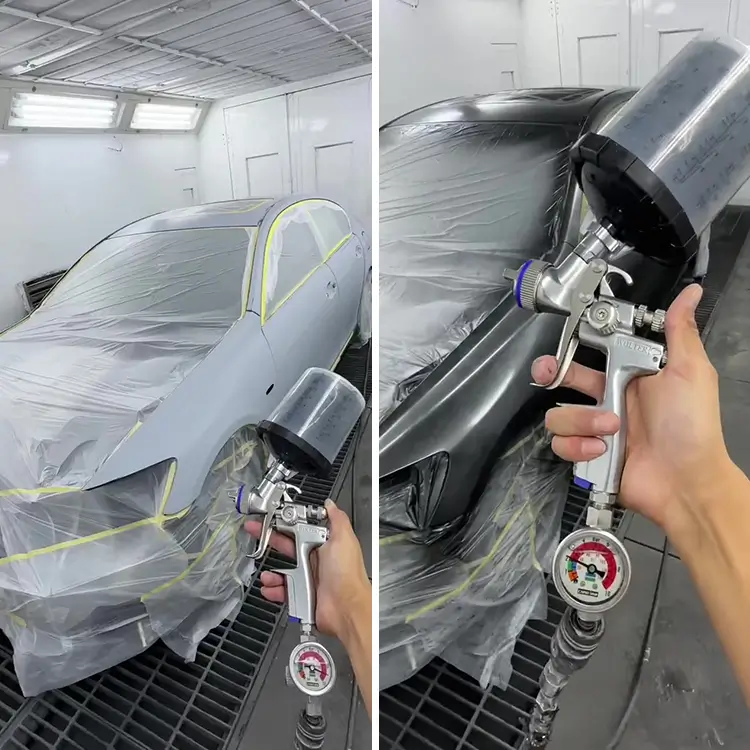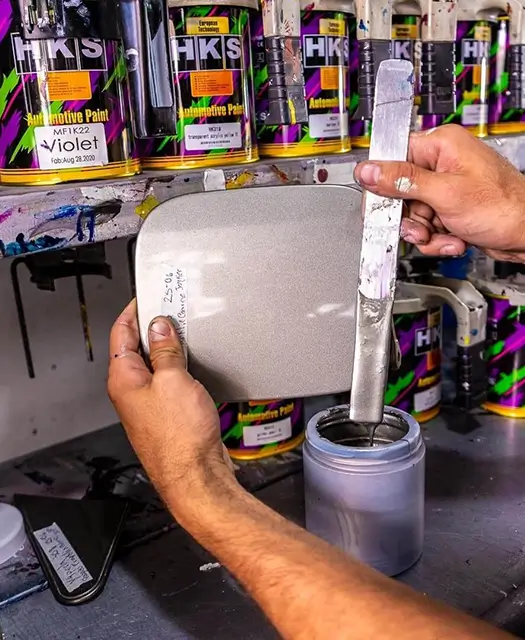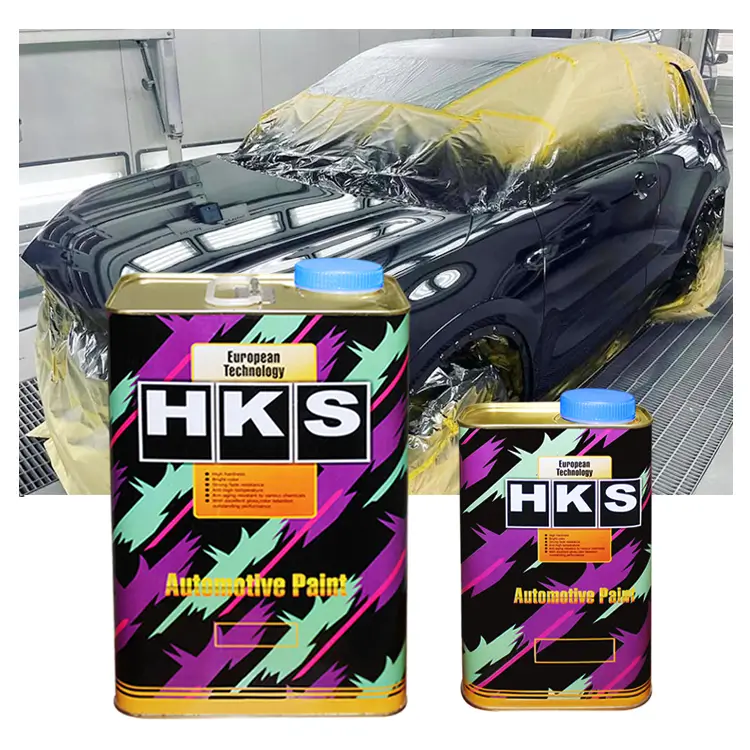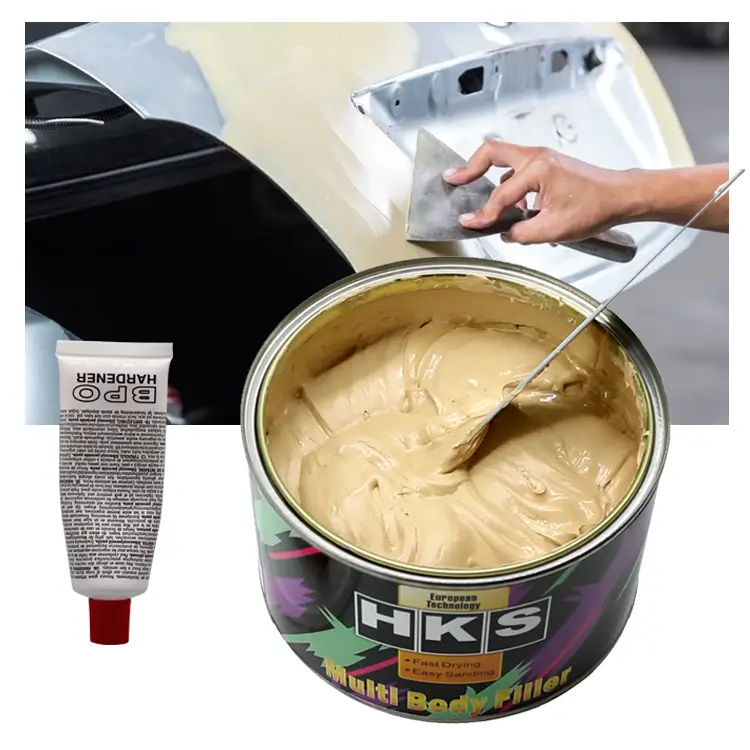
How Does Humidity Affect Automotive Paint
When it comes to automotive painting, achieving a flawless finish requires attention to numerous factors. Among these, humidity plays a crucial role in determining the quality and durability of the paint job. Understanding how humidity affects automotive paint can help both professionals and DIY enthusiasts ensure a top-notch result. This article delves into the impact of humidity on automotive paint, offers practical tips for managing it, and provides information on how to get in touch with us for samples and distribution opportunities.
The Science Behind Humidity and Automotive Paint
1. What is Humidity?
Humidity refers to the amount of moisture present in the air. It is typically expressed as a percentage, with higher percentages indicating more moisture. In automotive painting, two types of humidity are particularly relevant: relative humidity (RH) and absolute humidity. Relative humidity is the percentage of moisture in the air relative to the maximum amount the air can hold at a given temperature.
2. How Humidity Affects Automotive Paint
Humidity has a significant impact on various stages of the painting process:
- Application: During the application of automotive paint, high humidity levels can lead to several issues. Paint tends to dry slower in humid conditions, which can result in sagging, runs, or uneven texture. Additionally, excess moisture in the air can cause the paint to become too thin, leading to poor coverage and reduced durability.
- Drying and Curing: Proper drying and curing are critical for achieving a smooth and durable finish. High humidity can interfere with these processes. When humidity levels are too high, the paint’s solvent may not evaporate as efficiently, leading to extended drying times. In extreme cases, this can cause issues such as fisheyes, where small craters appear on the surface due to contamination.
- Adhesion: The bond between the paint and the vehicle’s surface can be compromised by excessive moisture. Humidity can cause the surface to become damp, leading to poor adhesion and potential peeling or flaking of the paint over time.
- Finish Quality: High humidity can affect the final appearance of the paint job. It may lead to a dull or hazy finish rather than a crisp, glossy look. Additionally, it can increase the likelihood of defects such as orange peel, where the surface texture resembles the skin of an orange.
Managing Humidity for Optimal Painting Results
1. Monitor Humidity Levels
To manage humidity effectively, it is essential to monitor the humidity levels in your painting environment. Hygrometers are useful tools for measuring relative humidity. Ideally, the humidity level should be kept between 40% and 60% for most automotive painting applications.
2. Use a Controlled Environment
In professional settings, using a climate-controlled spray booth can help manage humidity and temperature. These booths are equipped with systems to regulate both factors, ensuring a stable environment for painting. For DIY projects, consider working in a well-ventilated area with the ability to control humidity levels if possible.
3. Choose the Right Paint Formulation
Selecting paint products that are designed to perform well in varying humidity conditions can make a significant difference. High-quality automotive paints are often formulated to handle different environmental factors, including humidity. Be sure to choose products that specify suitability for your local climate.
4. Adjust Application Techniques
In high humidity conditions, consider adjusting your application techniques. For instance, applying thinner coats of paint and allowing more time between layers can help mitigate the effects of excess moisture. Additionally, using slower-drying reducers can aid in managing the paint’s drying process.
Why It Matters
Understanding the impact of humidity on automotive paint is crucial for ensuring the longevity and appearance of a vehicle’s finish. Whether you are a professional painter, a car enthusiast, or a business involved in automotive repairs, managing humidity effectively can help you achieve superior results and avoid common pitfalls associated with high moisture levels.
Request Samples and Become a Distributor
If you are interested in testing our high-quality automotive paints under various humidity conditions, we invite you to request samples. Our products are designed to deliver exceptional performance and durability, even in challenging environments. To request samples, please visit our website and fill out the sample request form.
For import wholesalers, paint shop owners, and auto repair center managers interested in becoming distributors, we would love to hear from you. Please contact us through our website, and we will respond within 24 hours to discuss potential partnership opportunities.
Conclusion
Humidity is a significant factor that affects automotive paint application, drying, and finish quality. By understanding its impact and implementing effective management strategies, you can achieve a superior paint job and ensure lasting results. Whether you are seeking samples to test our products or exploring distribution opportunities, we are here to support your needs and provide the best solutions for your automotive paint requirements.

Source of this article:https://www.supersybon.com
Get to know us through more channels:




